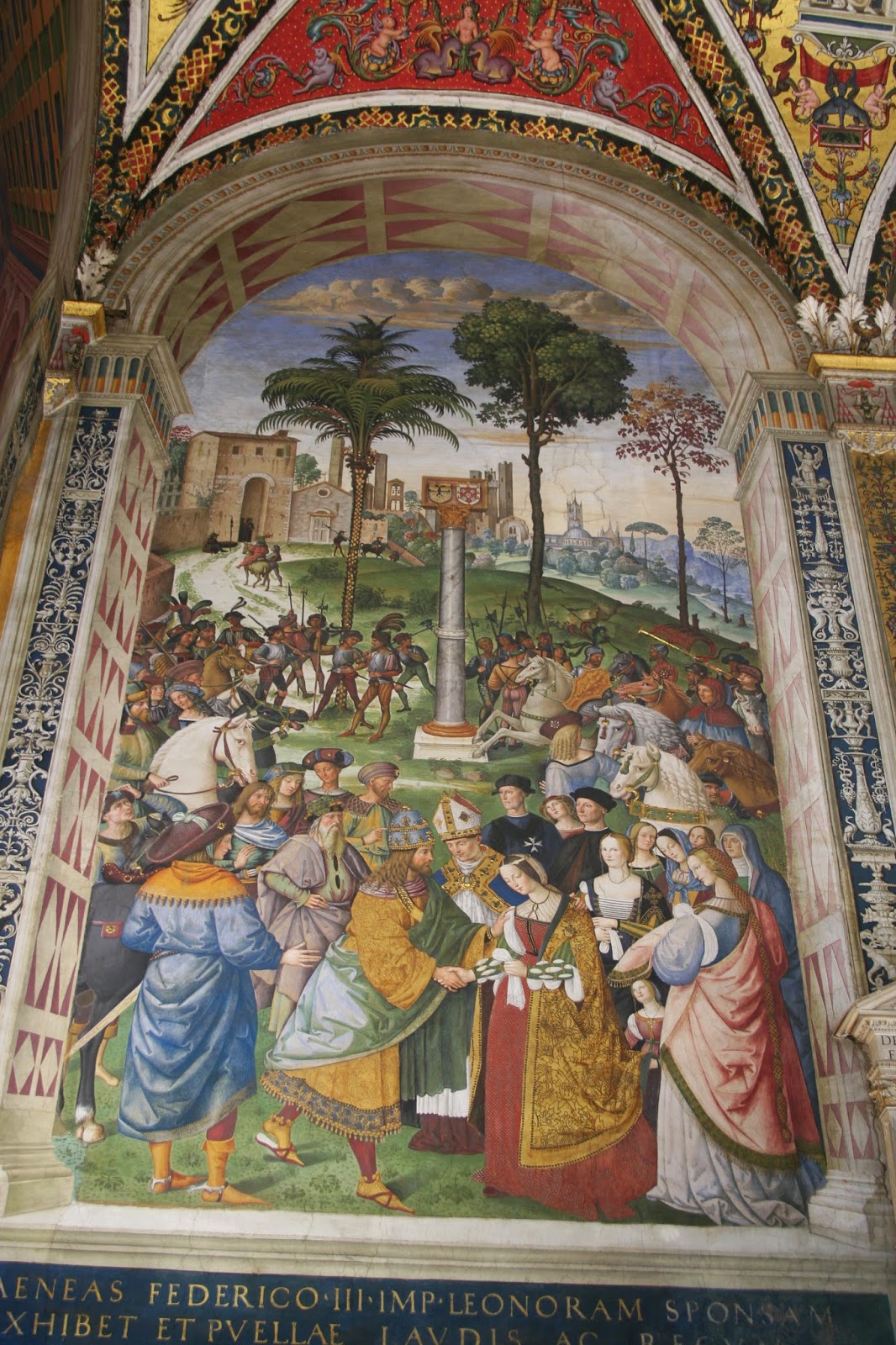BARBIANA SCHOOL
Barbiana school was founded in 1956 for the first 6 boys who had finished elementary school.Don Lorenzo Milani organized this school at the rectory.It was an industrial training school where Don Lorenzo was the only teacher, and offered the opportunity to the children of mountain people and peasants who lived below Mount Giovi (Vicchio Mugello) to continue their education after elementary school.A poor school, where there was only one textbook, the boys in turn read the lesson and Don Lorenzo explained; where pupils built tools, tables and chairs, libraries, mapswith their teacher.It was a school unlike any other, different for times, different for program, different in the way of teaching, different in content. All were eligible for the study, because they went to school to learn, not to be judged. They studied not only for themselves, but to become aware together citizens morally and intellectually.The school of Barbiana disbanded in October 1968. One year after the death of Don Lorenzo, but the rectory was the home of those who lived with him. This saved her from degradation due to neglect that, unfortunately, suffered all the other houses remained empty until the eighties, as a result of' abandonment of the countryside, and has kept almost intact the 'matter of when we lived with Don Lorenzo his boys.Today the school premises are cared for and maintained by members of the Foundation Don Milani, some of whom were their pupils of Don Milani. Despite the continuous influx of schools, groups and families, the school and the Church remained poor and austere as before. Environments have been restored, materials and books recovered and cataloged and when the visitor enters the classroom you have the impression of seeing Don Milani and his pupils. You can still feel all the love that Don Milani tried for his boys and it is exciting to enter into the classroom created for those guys, created with them, where you can still see chairs, board and school supplies used. A simple and poor school, but that definitely gave these students the basics of education.
La organizzò don Lorenzo Milani in canonica.
Era una scuola di avviamento industriale dove don Lorenzo era insegnante unico e offrì la possibilità
ai figli dei montanari e dei contadini che vivevano sotto il Monte Giovi (Vicchio Mugello)
di continuare gli studi dopo le elementari.
 Una scuola poverissima, dove vi era un solo libro di testo, i ragazzi a turno leggevano la lezione e don Lorenzo spiegava; dove gli alunni insieme al maestro si costruirono gli strumenti, i tavoli e le sedie, le librerie, le cartine geografiche.
Una scuola poverissima, dove vi era un solo libro di testo, i ragazzi a turno leggevano la lezione e don Lorenzo spiegava; dove gli alunni insieme al maestro si costruirono gli strumenti, i tavoli e le sedie, le librerie, le cartine geografiche.
Era una scuola diversa da tutte le altre, diversa negli orari, diversa nel programma, diversa nel modo di insegnamento, diversa nei contenuti. Tutti erano idonei allo studio, perché a scuola si andava per imparare e non per essere giudicati. E si studiava non solo per sé stessi, ma per diventare tutti insieme cittadini consapevoli moralmente e intellettualmente.
La scuola di Barbiana si sciolse nell'ottobre 1968. Un anno dopo la morte di don Lorenzo, ma la canonica rimase la casa di chi abitava con lui. Questo l'ha salvata dal degrado dovuto all' abbandono che, purtroppo, subirono tutte le altre case rimaste vuote fino agli anni ottanta, in seguito all' abbandono delle campagne, ed ha mantenuto quasi intatto l' aspetto di quando ci viveva don Lorenzo con i suoi ragazzi.
Oggi i locali della scuola sono curati e mantenuti dai membri della Fondazione Don Milani, alcuni dei quali sono stati proprio alunni di Don Milani. Nonostante il continuo afflusso di scolaresche, gruppi e famiglie, la scuola e chiesa sono rimaste povere ed austere come un tempo. Sono stati restaurati gli ambienti, recuperati e catalogati materiali e libri e quando il visitatore entra nell'aula si ha l'impressione di vedere Don Milani ed i suoi alunni. Si respira ancora tutto l'amore che Don Milani ha provato per i suoi ragazzi ed è emozionante entrare nell'aula creata per quei ragazzi, creata insieme a loro, con ancora le sedie il tavolo ed il materiale scolastico utilizzato. Una scuola semplice, povera, ma che sicuramente ha dato ai suoi alunni le basi non solo dell'istruzione, ma anche dell'educazione.

























